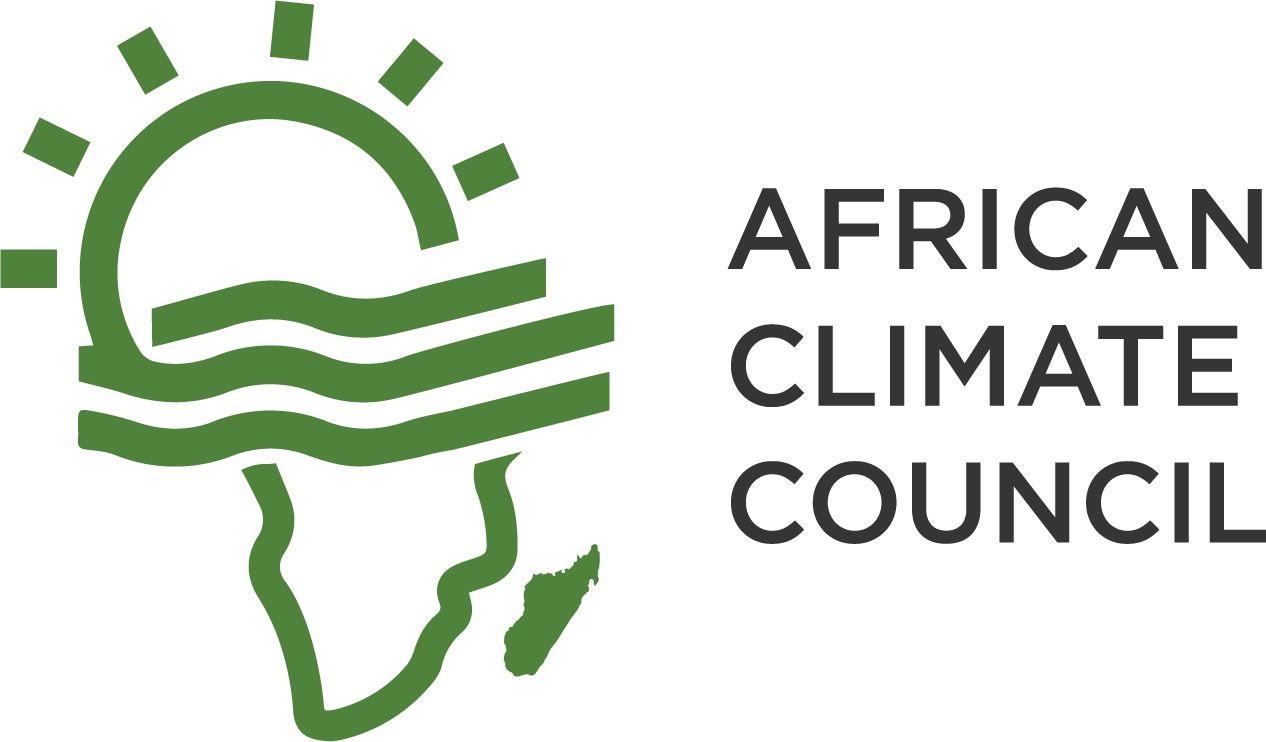
East African nations highly depend on renewable energy sources, covering 80%, and are now projected to hit 100% by 2030. This results from respective countries like Tanzania through the new Kako Hydropower project, increasing the output of renewable mediums. Despite opening the market for their citizens, the actions are ideal in fighting global warming.
Andrew Lamosi, Man. Dir Chevron Ltd states that only 14% of thermal energy is utilized in Kenya despite covering about 19% of Kenyan energy. During the April interview with Standard Group (KTN), he attested to the difficulty of avoiding thermal channels mainly used at night. The loophole does arise with challenges of using solar and wind sources, also not fully tapped in Kenyan homes. Nonetheless, thermal energy is not utilized on a large scale to block the journey to 100% clean energy.
Meanwhile, Tanzania is constructing a new 87.8-megawatt Kakono Hydropower source, collaborating with the French Development Agency (AFD) and African Development Bank (AfDB). The parties signed a two-way development plan on 15th March, worth $300 million, and also received €36 million from the EU. Like Kenya, the country mainly depends on Hydropower, the project being an excellent way to eliminate the gas-fired and thermal plants.
Other nations like Uganda are also on the map in this journey, supplying a significant percentage of Hydropower to DR Congo, Tanzania, Rwanda and Kenya.
100% clean energy is achievable if the countries restructure their laws. The biggest issue lies with climate change, where African nations lack the necessary funds to deal effectively with ongoing phenomena. According to the IMF’s April 2023 Financial Report, concessional financing should be expanded to boost the region’s resilience to global warming and to accelerate the transition to green energy.
Respective government entities are encouraged to loosen restrictions on investors and renewable energy inventors. Andrew Lamosi states that different regulations hinder these projects, suggesting relevant and logical licensing for the parties. Climatic changes should also be dealt with, as some, like drought, can impede the progress of Hydropower stations.


Add a Comment